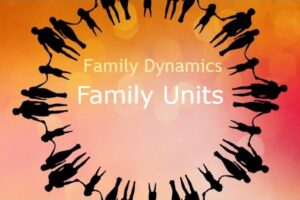The Jambati Singing Bowl is one of the 10 Types of Singing Bowls. The Jambati singing bowls are renowned for their substantial weight and size, making them some of the most impressive and commanding examples of traditional singing bowls. Characterized by their high and gracefully curved walls, these bowls also feature a flat bottom, which contributes to their stability and resonance. The lip of a Jambati singing bowl can vary; some have an inward-facing lip that might be plain or grooved, while others possess a simpler design where the lip is merely the sheared top of the wall, not turning inward.

One of the distinctive features of Jambati bowls is their classical etchings. These etchings are typically found just below the rim on the outside of the bowl and include circular markings inside at the bottom. These markings are not merely decorative but are also a testament to the bowl’s craftsmanship and heritage. The hand-beaten nature of Jambati bowls is evident in the attractive hammer markings that adorn their surface, resulting from the traditional forging process used to create them. These markings add to the bowl’s aesthetic appeal and underscore the meticulous effort that goes into their creation.
Jambati singing bowls are not only beautiful but also functionally significant in sound therapy and meditation practices. Their large size and weight allow them to produce deep, resonant tones that can facilitate profound meditative states and healing vibrations. Whether used in personal meditation, sound healing sessions, or as part of a musical ensemble, Jambati singing bowls are treasured for their ability to create a rich, immersive auditory experience. Their combination of visual beauty and acoustic excellence makes them cherished instruments among practitioners and collectors alike.



